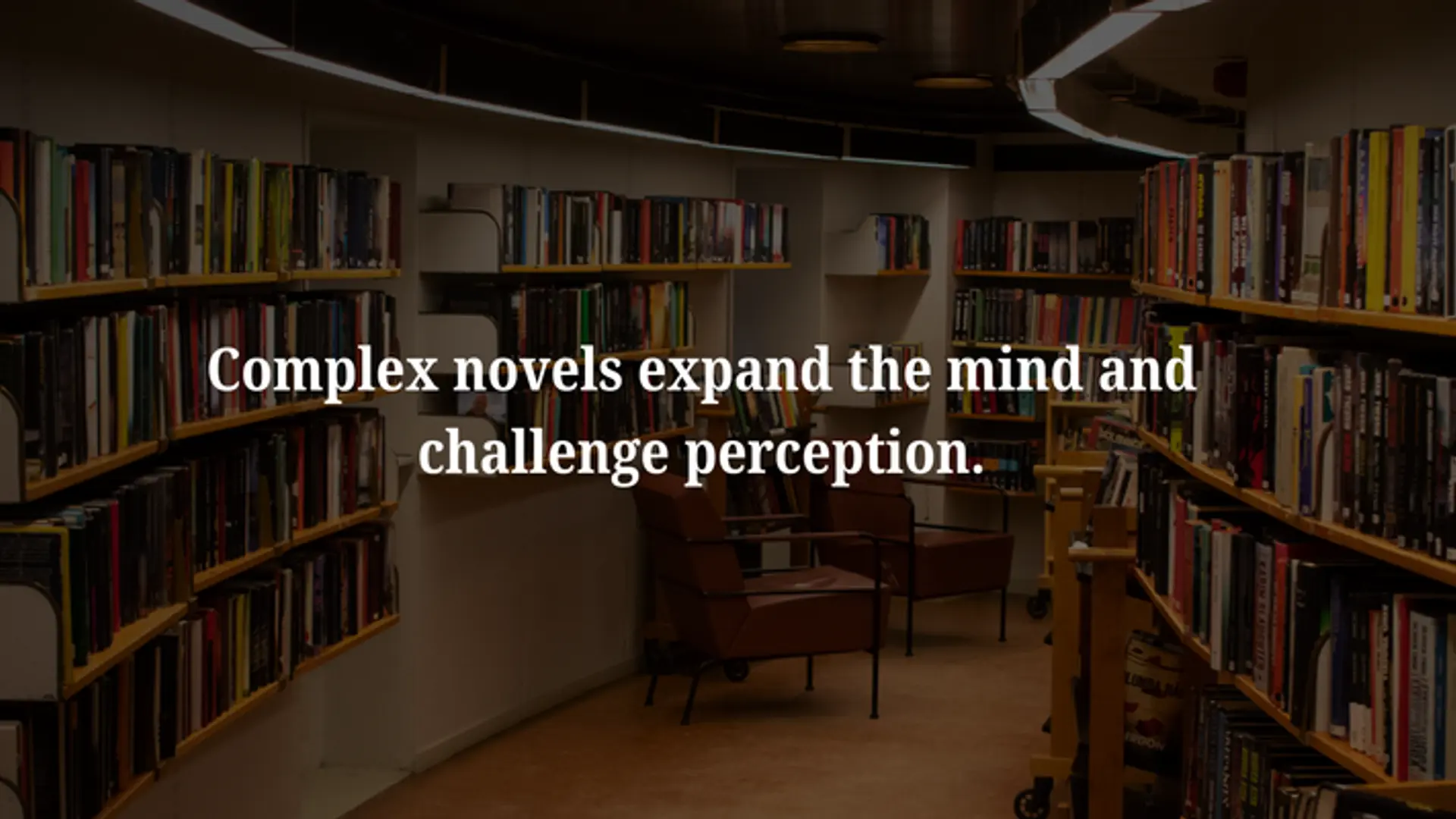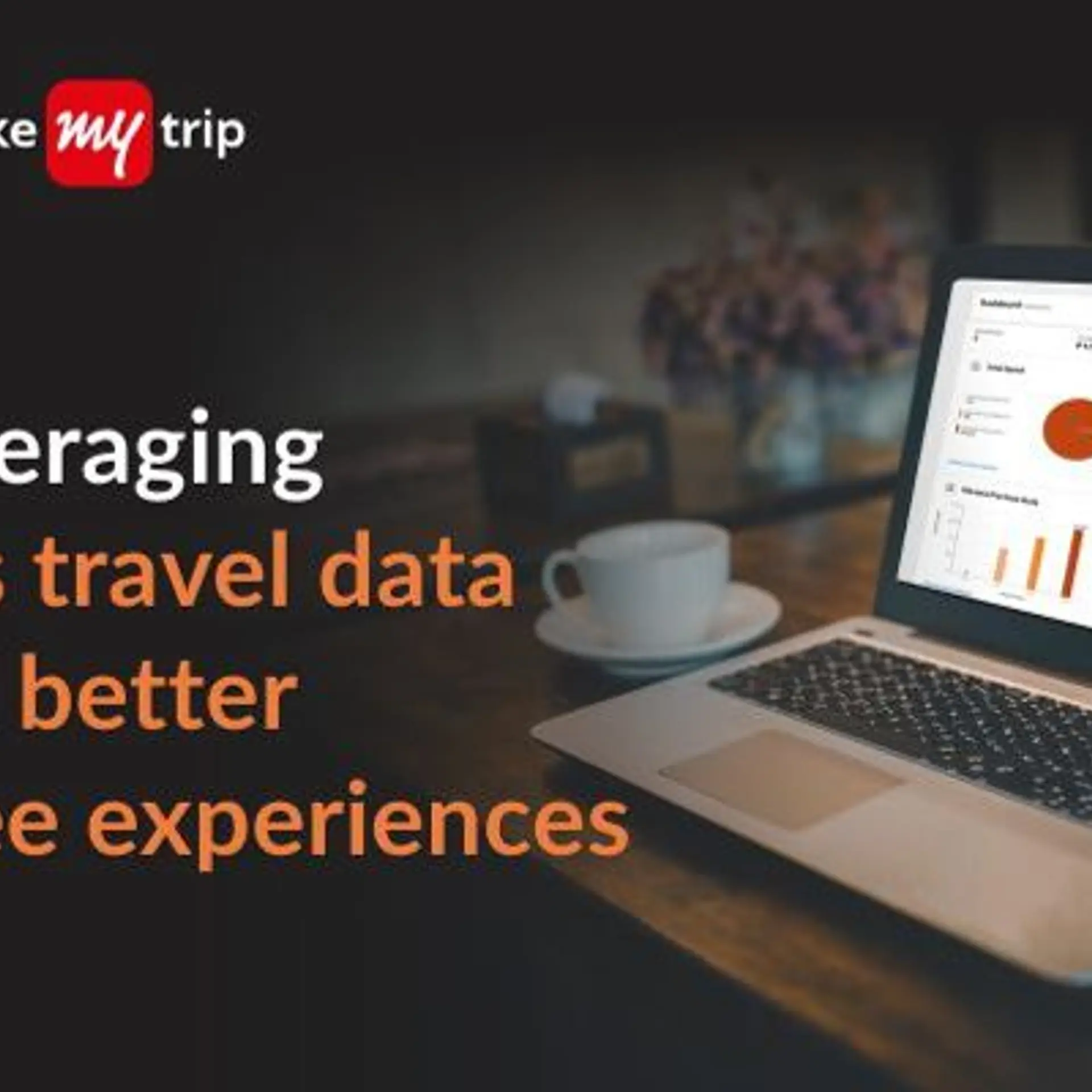Aggressive growth, not an IPO, is Zeta’s priority: CEO Bhavin Turakhia
Zeta is prioritising aggressive expansion and profitability over an IPO, says CEO Bhavin Turakhia, as he outlines the company's growth strategy, revenue targets, and market plans in a conversation with YourStory.
Going public is a top priority for most Indian startup founders, but not for Zeta CEO Bhavin Thurakia. While at least a dozen new-age tech companies have begun discussions with investment bankers for potential listings in the next 12-15 months, Thurakia prefers a more measured approach for Zeta.
The banking technology unicorn has ambitious expansion plans, which may be the reason it's holding off on going public for now.
“We have no plans of any imminent IPO at all, not going to happen for the next several years,” co-founder Bhavin Turakhia told YourStory.
“We have fairly aggressive growth plans in terms of client acquisition in the US and India, aggressive growth plans in terms of our revenue,” Turakhia added.
The SoftBank-backed startup also aims to multiply its revenue by 2.5 to 3 times, add several new banking clients, and enter at least two additional markets before considering a public listing.
“In the next one year, between April to March, next we're hoping to sign three to five new contracts. That's the target right now,” Thurakia added.
On Tuesday, Zeta secured a fresh $50 million investment from Optum at a $2 billion valuation, almost double of its previous known value. Thurakia says the money will remain untouched as Zeta has enough cash reserves from its previous mega funding round of $250 million.
In a short interview with YourStory after the company’s fundraise, Thurakia spoke about the company’s growth strategy, revenue expectations, and why an IPO remains a long-term goal rather than an immediate priority.
Edited excerpts:
YourStory (YS): How do you plan to use the latest infusion?
Bhavin Thurakia (BT): This was an opportunistic, strategic investment. To be honest, we weren’t looking for capital—Zeta doesn’t need a fundraise. We have healthy cash reserves and are on track to be profitable by March 2026, supported by our existing contracts.
So while it might sound odd, we don’t have an immediate use for these funds, and there’s nothing earmarked for investment at this point. For now, the funds will remain in our bank account. However, they serve a useful purpose as a cash buffer—a safety net in case of unforeseen requirements.
YS: You mentioned this investment serves as a buffer, and you’ll soon be profitable. Many companies are considering IPOs now, and Zeta is around 10 years old. Would this investment add to your capital reserves for a potential IPO?
BT: We have no plans for an imminent IPO—not in the next several years. We have aggressive growth plans in terms of client acquisition in the US and India, and aggressive revenue growth plans.
So, I don’t anticipate an IPO anytime soon. Eventually, Zeta will go public—if I had to bet on it. Obviously, you can’t predict the future, but that is our long-term path. But no imminent or immediate plans for an IPO.
YS: How much revenue are you expecting for FY25? According to MCA filings, you posted a PAT of Rs 120 crore—What kind of growth did you see there?
BT: That PAT and revenue number is actually drastically incorrect because it represents intercompany revenue for our India company and some external revenue for the India company. But our revenue actually sits in Zeta Singapore, Zeta Dubai, Zeta US, and Zeta India.
So, there’s really no representative revenue number that the industry gets from the MCA filings that will accurately reflect our actual revenue.
We’re not disclosing actual revenue except to say that we will be somewhere between $100 million and $200 million in revenue in FY26, and we will be profitable in FY26. That’s basically the two facts we are releasing, but we’re not disclosing actual revenue figures yet.
YS: You said you have aggressive expansion plans over the next few years. Do you plan to expand your suite of offerings or your customer base?
Bhavin: Great question. It’s more the latter.
We keep investing—we invest almost $40–50 million a year, if not more, into our platforms. So, we’ll keep expanding that. But it’s much more about adding new logos (clients)—signing up with new banks and financial institutions in the US and Indian markets.
So, in FY26, which is the next one year (April to March), we’re hoping to sign about three to five new contracts. That’s our current target.
Right now, we’re actively talking to about 16 to 17 meaningful prospects, and we hope to convert about three to five of them into contracts.
YS: Can you take us through your revenue distribution geographically? Since you mentioned Dubai—do you plan to expand operations in the Middle East?
BT: Right now, it’s roughly 50-50 between the US and India, but the US is already growing faster. By FY26–27, the US will be the majority of our revenue.
Bhavin: We do plan to expand there (Middle East) eventually, but we don’t expect it to be a major contribution. The majority of our revenue will continue to come from the US.
For the next 24 months, more than 95–97% of our revenue will come from these two markets.
YS: You mentioned no imminent IPO plans, but when it does happen, would you list in India or overseas?
BT: That’s something we would decide strategically at that time. Most companies in our space with US-based revenues list in the US, so that’s definitely a consideration.
At the same time, I have great respect for India’s growth potential. Both markets would be candidates, and the final decision would depend on what’s strategically best for the company at that point in time.
YS: Your last fundraise was around $250 million. How has your burn rate changed since then? What steps have you taken to cut it?
BT: Our burn rate has significantly come down—otherwise, we wouldn’t become profitable, right? It used to be in the $60–70 million range. Last year, it was around $22 million, so it came down to one-third in about two years.
Next year, it’s going to be zero. By March 2026, our target is to have our burn rate at zero. And Zero burn rate doesn’t just mean break-even—it means we’ll actually be EBITDA positive.
It’s mostly a function of increasing revenue. We invested $400 million in building our platform. That was a huge cost, but as revenue increases, our burn rate keeps coming down. By FY26, revenue will exceed expenses.
YS: The past few years have been quite difficult for the banking space. Can you shed some light on the challenges banks are facing?
BT: I think banks have faced basically three types of challenges, and they continue to.
One is regulatory pressures and challenges. You see that in India—the RBI is coming down hard on unsecured lending, implementing a lot of measures for consumer security, open banking regulations, data privacy laws (like PDP), and so on. Banks have to ensure they maintain good regulatory compliance as technology advances rapidly.
The second is competitive pressures. In India, for example, apps like Google Pay and PhonePe, along with various other apps in the payments space, have much higher engagement than banking apps. This is something we intend to change by partnering with banks.
And the third is technology pressures. Many banks are still working on really outdated technology stacks—on mainframes and COBOL—systems that have been around longer than some of us have been alive. Banks need to make a move to modern technology platforms to address both regulatory and competitive pressures. That’s really where we play an important role.
YS: You also said that you have a while before you think about an IPO. Do you have any milestones in mind that you want to hit before considering it?
BT: Absolutely. We’re looking to multiply revenue by about 2.5 to 3 times from where we are today. Right now, we have about five or six meaningful logos (clients). The goal is to grow that to about 13 to 15 meaningful logos, of which about 10 to 11 would be live and delivered.
We currently have about 25 million accounts on our platform. The goal is to cross 50 million accounts live on our platform.
We also want to add at least two additional markets beyond where we are today. Right now, we’re in the US and India, but we want to enter two more markets, though those will be in very early stages.
So, these are the primary milestones we’re focused on right now. Whether it’s the right time to go public then is a decision we will take at that point. But right now, we are wholeheartedly focused on these milestones.
YS: What do you think makes Zeta stand out in the fintech sector?
BT: I strongly believe that businesses should not be valued on revenue multiples. They should be valued based on discounted cash flow (DCF)—the net present value of discounted future cash flows.
Zeta operates in a space where our existing clients alone represent three to five times the revenue we currently make from them. These are signed contracts.
And the market itself represents almost $50–80 billion in revenue potential globally. We’re barely scratching the surface, but we are probably among the top three to five players in modern banking technology.
There is no other company that has the size, scale, and capabilities that we do when it comes to next-gen banking technology.
So, if I look at the 10 to 15-year journey, the discounted cash flow value of Zeta, in my opinion, is fair, if not low. As an entrepreneur, I obviously have to be bullish, but that’s how I see Zeta’s opportunity.
I don’t focus on vanity metrics like revenue multiples. Instead, I look at pure profit, free cash flow, and net present value.
Edited by Jyoti Narayan








